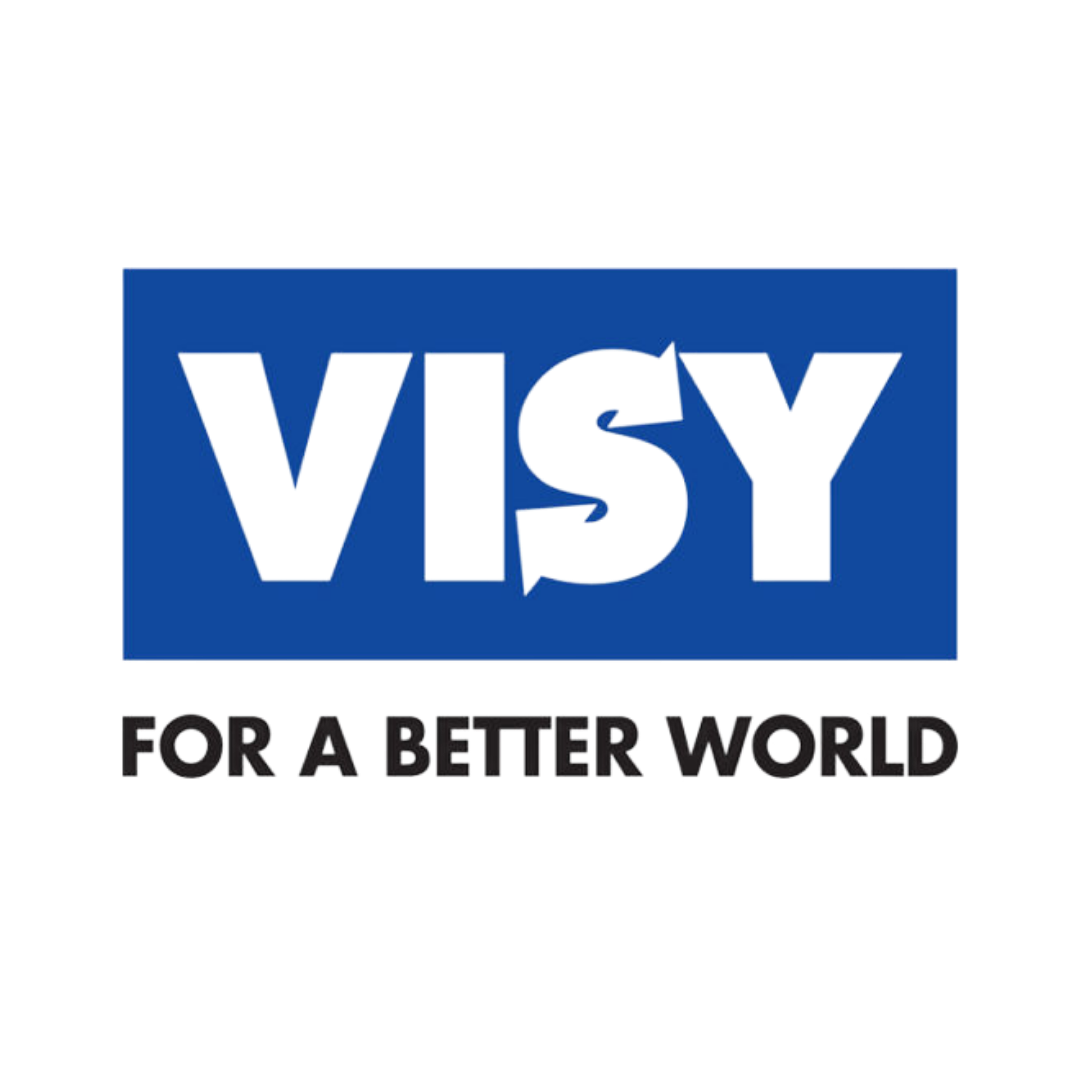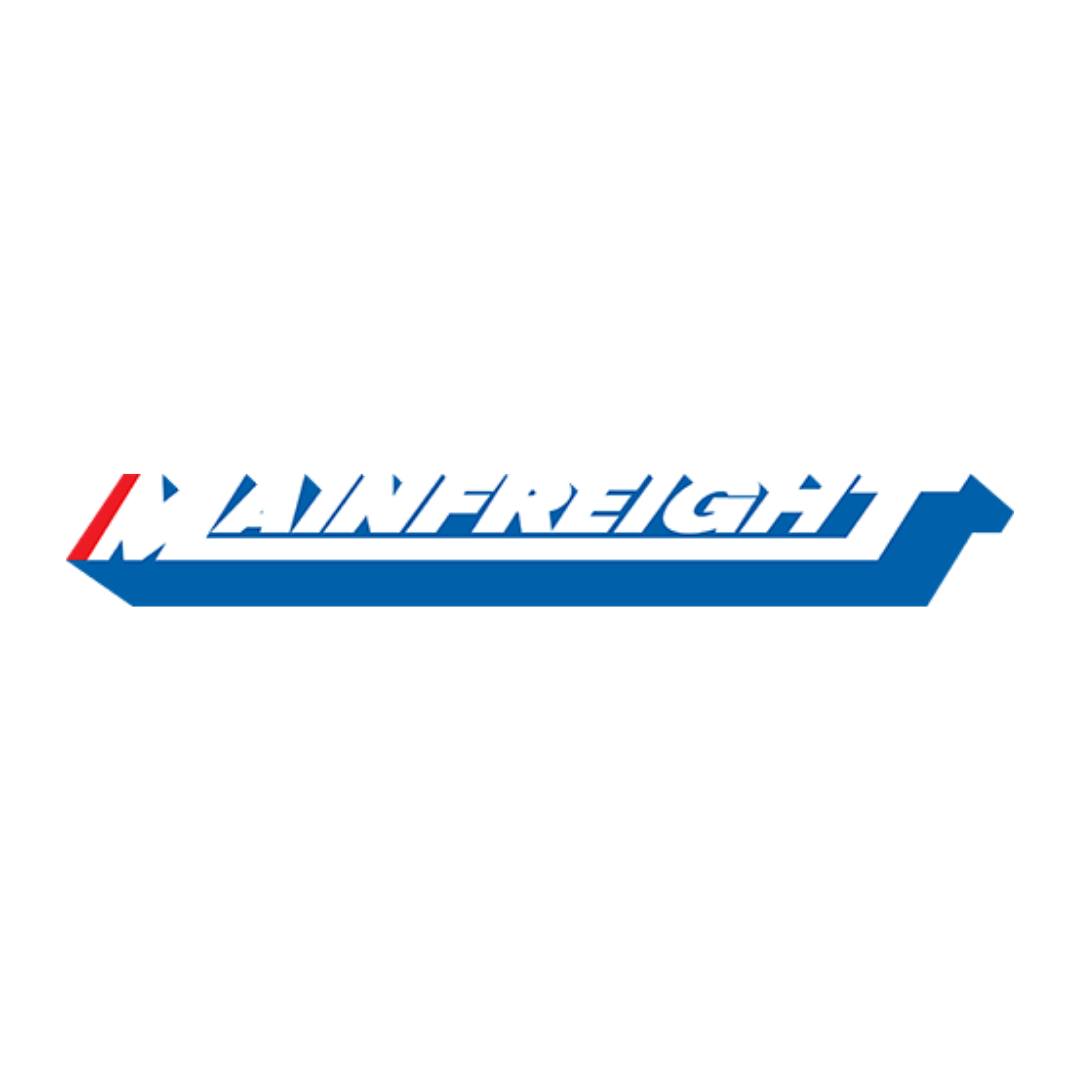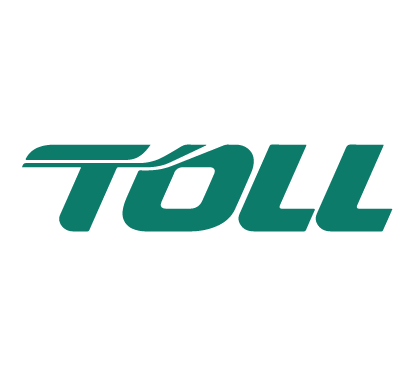Back to employers
Manufacturing, Transport & Logistics
Ever wondered how your favourite snacks, shoes, or even cars get from point A to point B? Well, the answer lies in the exciting world of manufacturing, transport & logistics; otherwise known as the behind-the-scenes powerhouse that keeps Australia (and the world!) moving.
If you love big machines, epic supply chains, and the idea of getting things where they need to go, whether that’s across town or across the ocean, this industry is calling your name. The best part? There are tonnes of different manufacturing, logistics and transport jobs to choose from! From piloting drones in high-tech warehouses to operating cranes that move shipping containers the size of houses, there’s a job for every kind of go-getter.
So, whether you want to build it, move it, or manage it, keep reading to explore the exciting careers waiting for you in the fast-paced, high-energy manufacturing, transport and logistics industry!
What is the Manufacturing, Transport & Logistics Industry?
If you’re interested in any form of transport, be it air, land or sea, and have a head for mass production, then the manufacturing, transport and logistics industry could be just the fit for you!
In Australia, where a high percentage of the materials produced and sourced are exported internationally, the manufacturing, transport and logistics industry is crucial in meeting demand and ensuring Australia remains a strong player in the global economy.
In short, the manufacturing, transport and logistics industry is responsible for the safe production, transport and delivery of a wide variety of goods, both nationally and internationally.
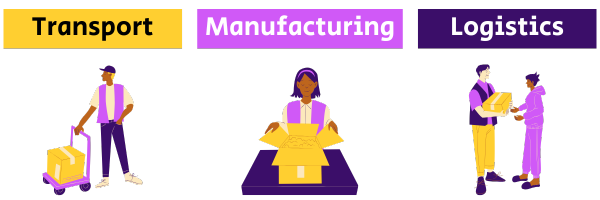
What’s the Difference Between Logistics, Transport and Manufacturing?
Essentially, transport relates to ensuring products get where they need to go, logistics is figuring out how to get products where they need to go, and manufacturing is all about creating the products in question! However, this kind of explanation is pretty simplified, so let’s dive even deeper.
In order to fully understand jobs in manufacturing, transport and logistics, it can be helpful to break down the key responsibilities associated with each category. So, if you want a head start in your logistics, manufacturing or transport career, all you need to do is keep reading!
Responsibilities: Transport Careers
If you decide to pursue a super-exciting transport career, some of the tasks you might be working on include:
- Storage and warehouse sorting
- Freight transport
- Heavy and / or dangerous goods transport
- Marine and aviation transport
- Scenic or sightseeing transport
Responsibilities: Logistics Careers
Leaning towards a logistics career but don’t know what to expect? We’ve got you covered! When you’re on the clock, you could be dealing with:
- Managing and organising transport, nationally and internationally
- Transport infrastructures, such as roads, air and rail
- Customs
- Couriers, drivers and delivery personnel
Responsibilities: Manufacturing Careers
If logistics and transport careers aren’t quite your style, a manufacturing role might be your perfect fit! In manufacturing roles, you might be dealing with:
- Production and assembly of parts or goods
- Quality assurance and checks
- Machine handling, including heavy-goods machinery such as forklift trucks
- Maintenance and engineering
The manufacturing, logistics and transport industry is like one big, well-oiled machine, with every single individual playing a vital role in its success. Although each of these segments stands alone in its own right, it’s the intersection of these key sectors that creates one incredible industry accumulatively.
Whether coordinating the production and transport of a high volume of goods or a small scale delivery of niche products, every person working in the manufacturing, transport and logistics industry has a valuable role to play.
What You Could Do
Now that we’ve covered what the manufacturing, logistics and transport industry really is, it’s time to delve into the kinds of roles on offer (and trust us, you’re bound to find a perfect fit).
Roles across the industry are highly varied and, just like any other industry, include a mix of entry-level positions, highly skilled roles, and professional roles requiring specialised knowledge. This means that you’ll be able to grow in your career regardless of whether you choose a logistics, manufacturing or transport career!
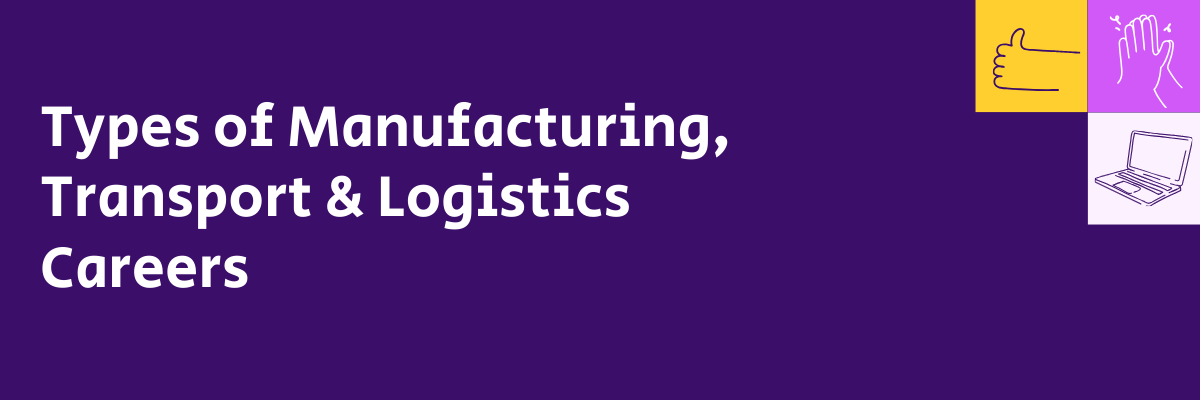
Here’s a deep dive into some of the top jobs you could pursue:
Couriers and Delivery Drivers
Courier / Delivery Driver Average Salary: $65,000 – $75,000
Couriers and delivery drivers are key players in the logistics supply chain life cycle (and the superstars that ensure that your online shopping actually makes it to your door).
By taking on this exciting transportation career, you’ll be responsible for getting parcels, packages, and deliveries to their destination securely, and safely. Couriers and delivery drivers might also work for warehousing and manufacturing organisations, or independent delivery services contracted by other organisations. The role is often fast paced, with a degree of customer service and problem-solving, too.
Crane and Hoist Operators
Crane and Hoist Operator Average Salary: $100,000 – $120,000
Crane and hoist operators have a specialised skill set in safely managing heavy-duty machinery to move large items. This might include large pallets of products or shipping containers onto aircrafts or ships designed explicitly for large-scale shipping and freight.
These workers need resilience, patience and a keen eye for detail to ensure they work quickly and smoothly and get deliveries ready to go on time. So, if that sounds like you, working as a crane and hoist operator in the manufacturing, logistics and transport industry could be your perfect fit!
Freight or Cargo Handler
Freight or Cargo Handler Average Salary: $55,000 – $69,000
If you’re a fan of big machines, this manufacturing, logistics and transport career might be for you! Freight and cargo handlers load and unload trucks, containers and trains, and transfer cargo between ships and other forms of transport and storage facilities, making them a super important part of the industry.
These are typically entry-level roles where you can work your way up to senior management. The position requires attention to detail, teamwork, excellent communication skills and time management.
Importers, Exporters and Wholesalers:
Importer / Exporter Average Salary: $55,000 – $70,000
Wholesaler Average Salary: $38,000 – $68,000
Importers, exporters and wholesalers are key players in the manufacturing, logistics and transport game. They plan, organise, direct, control and coordinate the operations of importing, exporting and wholesaling establishments.
The role usually requires some formal qualifications and specialist knowledge, especially regarding customs and international export, but don’t let that put you off; these roles can be incredibly rewarding!
Production Assemblers
Production Assembler Average Salary: $60,000 – $70,000
Production assemblers play a vital role within manufacturing by putting together components and subassemblies that go into the production of tonnes of different products! Think metal products, electrical and electronic equipment, construction and joinery products, to name a few!
Like the freight and cargo handler roles we covered earlier, the role is typically entry-level with lots of scope to grow professionally and work up into exciting management roles within the manufacturing, logistics and transport industry.
Supply and Distribution Manager
Supply and Distribution Manager Average Salary: $90,000 – $110,000
As another key player in the manufacturing, logistics and transport industry, supply and distribution managers plan, organise, direct, control and coordinate the supply, storage and distribution of goods, products and services produced and used by organisations.
They usually oversee a warehouse or several warehouse facilities across a location and take responsibility for ensuring deliveries go out and are received on time across multiple locations. They may also review reports and analyse data to understand market trends and make decisions on future supply, demand and distribution needs across their chosen sector. The role typically requires some formal qualifications and specialist knowledge.
If you didn’t see your dream job on the list above, don’t worry at all! The manufacturing, transport and logistics industry is incredibly vast, and these job roles are only just scratching the surface! If you need a little extra guidance in the right direction, try reaching out to your schools’ careers advisor or, alternatively, send us a DM on the Explore Careers Instagram.
Insights into the Manufacturing, Transport & Logistics Industry
If you’re looking for a role with tonnes of job security, the manufacturing, transport and logistics industry could be the perfect place to be! According to the Australian Government’s Department of Employment and Workplace Relations, the manufacturing industry is projected to grow from 881,000 in May 2023 to 1.02 million by May 2033, achieving an impressive 16.3 per cent growth! For aspiring employees, this means increased job security, new opportunities and future focused careers in a booming industry!
Want to know the best spots to be if you want to land a career in manufacturing, logistics and transport? Well New South Wales, Victoria and Queensland are true hotspots that have the largest manufacturing businesses across the country.
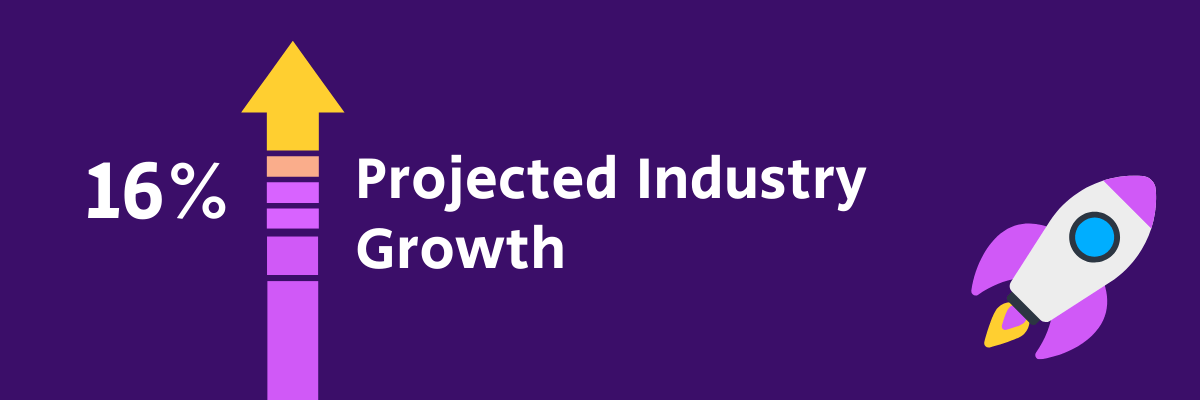
Graduate Outcomes
Here at Explore Careers, we’re big believers in making informed decisions and taking the right career path for you, whatever that may look like. With that in mind, we want to clarify that completing a degree isn’t necessarily crucial to land a career in the manufacturing, transport and logistics industry. However, it can help.
So, if you’re undecided on what route you want to take, check out these graduate employment statistics below and have a think about whether completing a degree might give you a little extra peace of mind:
- Engineering Graduates in Full-Time Positions: 89.2%
- Business Graduates in Full-Time Positions: 84.5%
It’s also important to note that only 8.5% of graduates in Australia graduate with an engineering qualification, making an engineering skillset rare and highly valued by employers! What’s more, these figures don’t account for graduates working part-time and/or who may have continued to higher studies. So, if you’re thinking about completing a degree to break into a logistics, manufacturing or transportation career, these are super promising percentages!
Gender Split
When it comes to the gender split in the manufacturing, transport and logistics industry, it’s clear that we need more women to make things equal. However, the good news is that you have the power to influence the shift! Remember, it only takes one incredible spokeswoman to make other women feel excited to join the industry; who knows, maybe that could be you?
Before diving into the statistics, it’s important to note that the gender split across manufacturing, transport and logistics depends on the segment you work within. With that in mind, we’ll be splitting up the categories and going through them one by one.
Percentage of Women Working in Manufacturing:
Percentage of Women Working in Transport and Logistics:
These statistics highlight the need for more education around roles in the manufacturing, transport and logistics industry; if more women knew just how welcoming it could be, we might be able to achieve an increasingly even split!
So, if you want to learn more about what it’s like to be a woman in this male dominated industry, check out the resources below (and spoiler alert, it’s nowhere as scary as it sounds)!

Send Your Career in The Right Direction with Paulette from DHL
Join Paulette, an IT Field Support Consultant and unlock valuable insight into the logistics industry. Plus, discover tips on how to launch an exciting career with DHL!
Explore
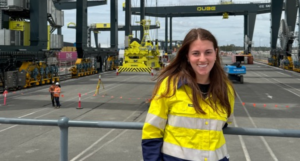
Re-think What You Know About Women in the Logistics Industry
Dive into Ashley’s journey within the logistics industry! Discover her career journey so far, and hear just how important mentorship can be in this space.
Explore
Average Salary
Now that we’ve covered the nature of the industry and the different jobs you could take on, it’s time to answer one of the most popular questions about the manufacturing, transport and logistics industry; how much money can you make?
The good news is that there’s a super high earning potential for those working in the industry, and by consulting our list below, you’ll get an idea of what roles align with your ideal salary:
- Wholesaler Average Salary: $38,000 – $68,000
- Freight or Cargo Handler Average Salary: $55,000 – $69,000
- Importer / Exporter Average Salary: $55,000 – $70,000
- Production Assembler Average Salary: $60,000 – $70,000
- Courier / Delivery Driver Average Salary: $65,000 – $75,000
- Supply and Distribution Manager Average Salary: $90,000 – $110,000
- Crane and Hoist Operator Average Salary: $100,000 – $120,000
While these numbers look pretty good, it’s important to note that salaries can be pretty varied and look a tad lower for entry-level roles. What’s more, there are several other factors that have the potential to influence a salary, including:
- The segment of the industry you work within.
- Your job title and seniority.
- The amount of experience you have.
- Location (some rural areas may pay less than roles in main cities).
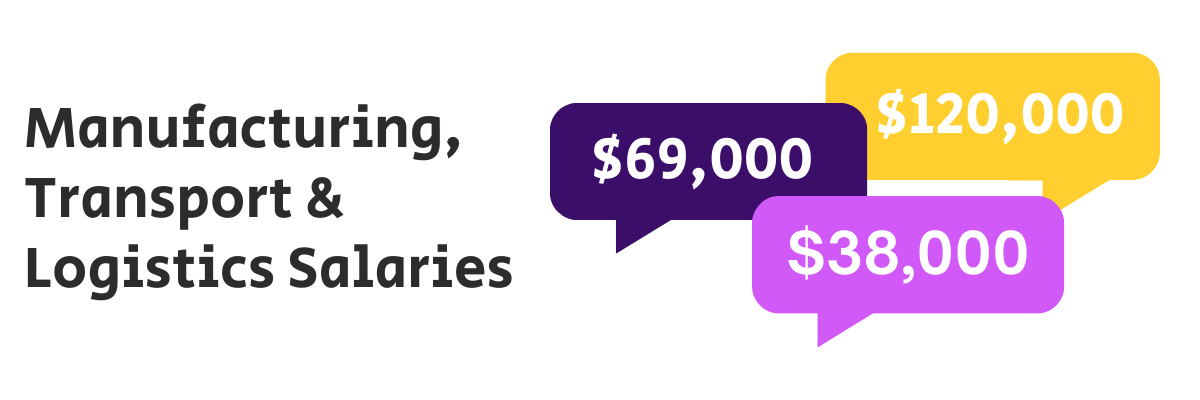
Qualifications and Entry Pathways
As we’ve said before, we’re big fans of choosing the pathway that works best for you. However, if you do choose to take the university route, degrees can equip you with tonnes of powerful tools to use in the manufacturing, transport and logistics industry!
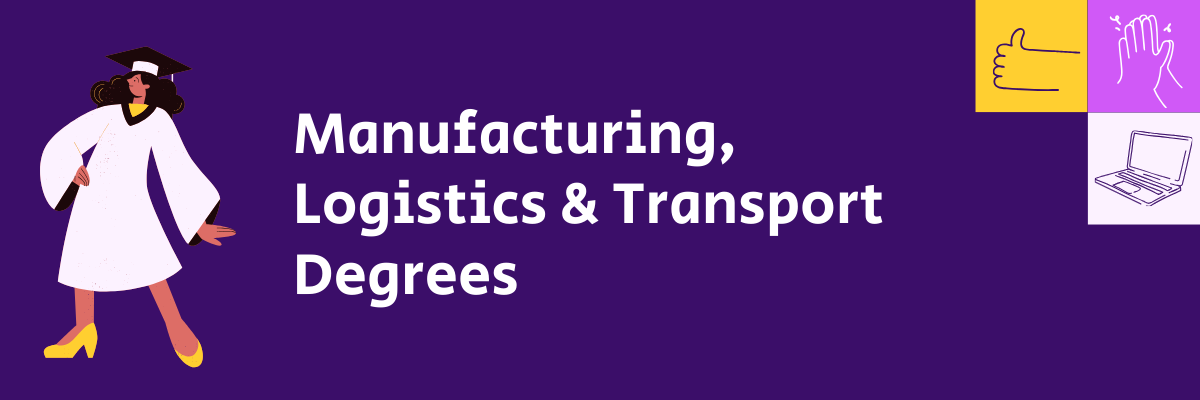
Degrees for Manufacturing, Transport and Logistics Careers
Unsure where to start? Don’t worry, we’ve got you covered! Degree pathways you could pursue include:
Bachelor of Business (Logistics and Supply Chain)
Duration: 3 years
If a logistics career is calling your name, consider studying a bachelor of business and majoring in logistics and supply chain! There’s truly no limit to what you could learn, with RMIT stating that students ‘will undertake studies in procurement and global sourcing, warehousing, freight and distribution, business operations, digital supply chain and sustainability, circular economy issues, analytics, and the management of human and physical resources.’
Bachelor of Engineering (Manufacturing and Mechatronics)
Duration: 4 years
If you want to launch an exciting manufacturing career, this is the degree for you! By completing this super-cool engineering degree, you’ll learn about ‘mechatronics, robotics, advanced materials, automated systems, and the simulation and modelling of manufacturing processes.’
Bachelor of Global Logistics and Maritime Management
Duration: 3 years
Did you know that over 90% of world trade is sent via the oceans? For such a booming industry, specialist skills are definitely needed, and that’s where the Bachelor of Global Logistics and Maritime Management comes in! According to the University of Tasmania, the course exposes ‘students to principles in financial management, international business, human resource management and strategic management. The course offers a clear focus on key components of the maritime and logistics industries, such as port management, logistics, supply chains, warehousing, procurement. It expands also to key principles in maritime economics, commercial, transport and maritime law.’
Bachelor of Commerce
Duration: 3 years
A Bachelor of Commerce is a super versatile degree that could serve you really well in the world of manufacturing, transport and logistics! According to the University of Melbourne, ‘you’ll learn how to use different types of business and economics knowledge to understand risks and opportunities that deliver a positive social and environmental impact, as well financial and economic benefits to organisations.’

Best Places to Study for Manufacturing, Transport and Logistics Careers
Picking the right place to study isn’t just about rankings; it’s about finding the perfect fit for you! Whether you’re after top-tier facilities, expert lecturers, or the best student vibes, your choice will depend on a bunch of factors. That said, some universities absolutely crush it in certain subjects, scoring top marks for industry connections, research, and overall student experience.
If you’re looking to dive into the world of manufacturing, transport and logistics, these universities are leading the pack
 Alternative Manufacturing, Transport and Logistics
Alternative Manufacturing, Transport and Logistics
University isn’t for you? Don’t worry too much; alternative relevant qualifications you could pursue include:
And if you still don’t feel sold on the above, we’re not out of options quite yet! You could also consider getting a foot in the manufacturing, transport and logistics door by:
Locking in an Apprenticeship or Traineeship
You can actually kick off a school-based apprenticeship or traineeship as early as Year 9! That means you’ll be getting hands-on experience, earning industry-specific qualifications, and smashing out your certificate of education, all while gaining real-world work experience. Win-win!
Scoring Work Experience After Leaving School
If you leave school at 16, you can dive straight into entry-level jobs, work experience programs, or school-leaver schemes. From there, it’s all about working your way up! Plenty of companies will even back you to get extra qualifications as you go. Just make sure you’ve got solid Maths and English skills under your belt; good grades in those will take you far!
It’s important to note that requirements will depend on the type of manufacturing, logistics or transport role you want and the company you’re thinking of working with, so make sure you do some research. However, whatever your circumstances, grades or preferred way forward, there’s a qualification pathway that will work for you.
Skills For Aspiring Manufacturing, Transport and Logistics Workers
While employment in the industry remains strong, the Cooperative Logistics Network has identified some top priority skills for anyone seeking to build a sustainable career in transport and logistics. These include:
Digital Skills and Knowledge
In today’s manufacturing, transport, and logistics industries, digital skills are no longer optional; they’re essential. From warehouse management systems (WMS) and automated inventory tracking to AI-powered route optimisation, technology is transforming every part of the supply chain!
Employers are looking for professionals who can navigate digital platforms, analyse data, and use automated processes to make things run a little smoother. Want to get ahead? Upskilling in areas like data analytics and cloud computing can open doors to higher-paying roles and leadership positions in the manufacturing, transport and logistics industry, too!
Understanding of Market Dynamics
The transport, logistics and manufacturing industry isn’t just about moving goods; it’s about knowing why and how things move! Fuel prices, global trade, and consumer trends all shape the game. E-commerce is booming, sustainability is in the spotlight, and companies are scrambling to adapt.
Want to stand out? Stay ahead of the trends. Knowing when to shift suppliers, how to navigate supply chain disruptions, or why demand for electric trucks is rising gives you a major advantage. It’s not just about reacting to change, it’s about predicting what’s next and making the right moves before anyone else.
Decision Making Skills
Every day in this industry is like a puzzle (challenging at times but very fun). You’ll find yourself making important decisions like ‘Should you reroute a shipment to avoid delays?’ and ‘Is it worth investing in automation?’ Quick, smart decisions can make or break operations, and in a world where time is money, there’s no room for hesitation.
The best decision-makers in the manufacturing transport and logistics industry balance data with gut instinct, solving problems in real time. With AI and real-time analytics in play, decision-making is becoming more precise, but human judgment still matters. Whether you’re handling supply chain hiccups or figuring out how to cut costs, being decisive and adaptable will take you far.
Communication
Bad communication leads to late deliveries, frustrated customers, and chaotic warehouses. And in the world of manufacturing, transport and logistics, nobody wants that. Whether you’re updating a client, coordinating with suppliers, or managing a team, being clear and direct keeps everything running smoothly.
This isn’t just about emails and meetings, it’s also about using digital tools to stay connected. Logistics and transport rely on collaboration, and if you can explain things clearly, solve problems quickly, and keep people in the loop, you’ll be a valuable asset. Bottom line? Good communicators keep things moving (literally)!
Driving
In addition to the skills outlined by the Cooperative Logistics Network, we want to add another technical skill of our own: driving! Driving is a key part of working in a transport career, so make sure you start earning that full license! You may need additional heavy vehicle licensing to land some transport careers, but the process for that can be pretty fun!
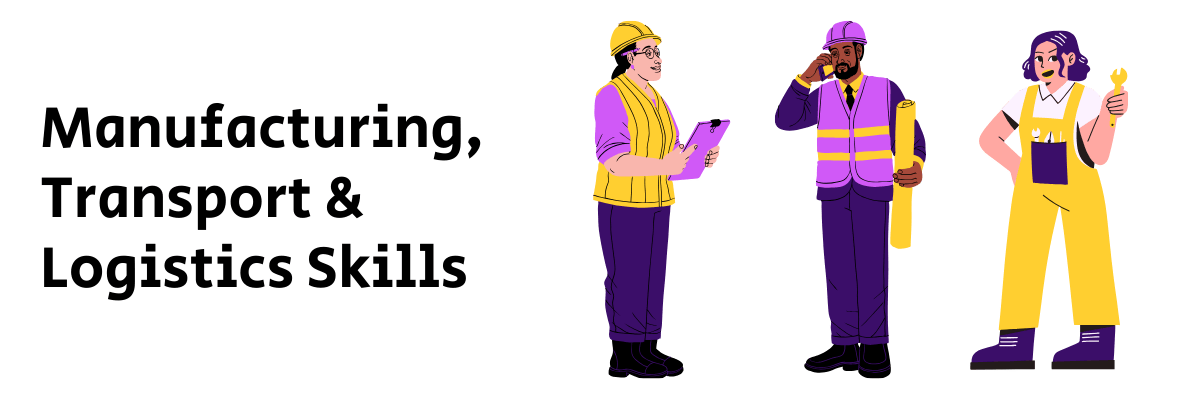
Where to Learn More
So, if you’re keen to explore different career pathways in manufacturing, transport and logistics, professional bodies and industry organisations are absolute goldmines of info! They’re packed with resources, networking opportunities, and career advice to help you get ahead.
Some great places to start include:
…and plenty more!
Plus, each state has its own professional groups where you can connect with industry pros, build your skills, and set yourself up for success. Time to start making moves!
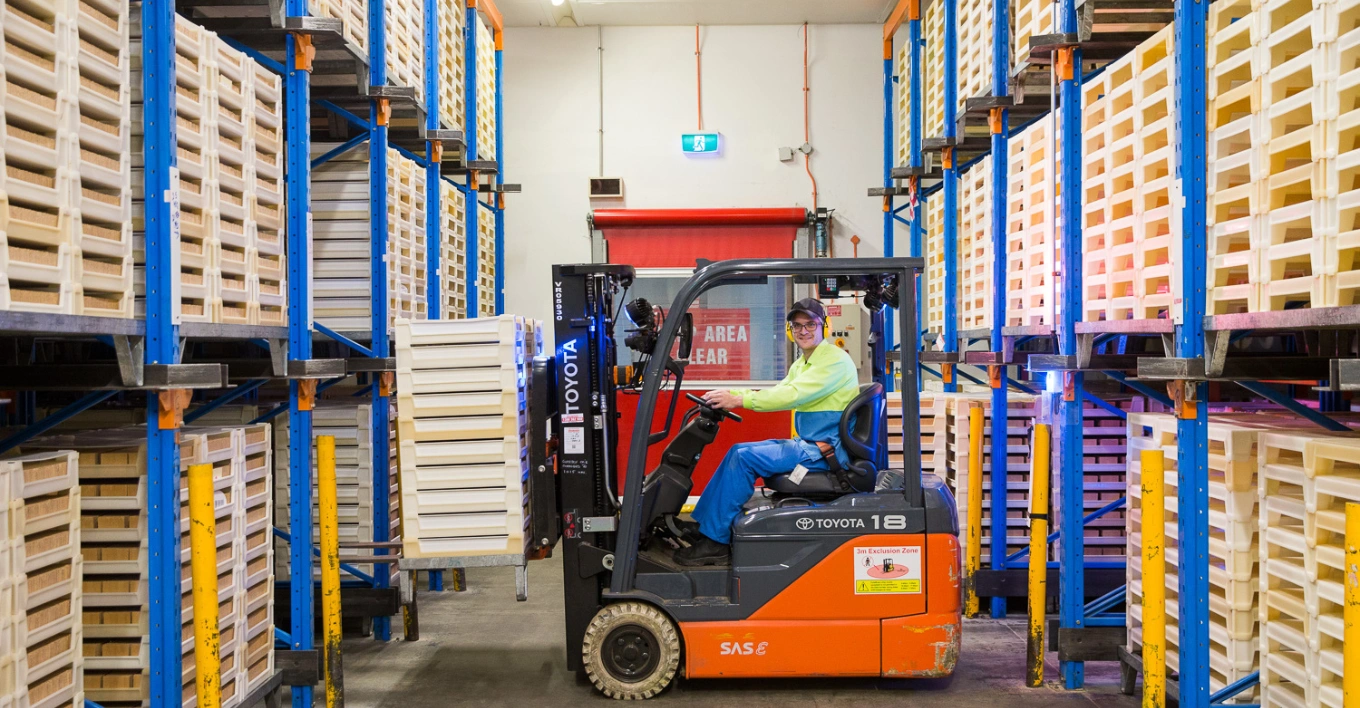
Exploring the Exciting World of End-to-End Supply Chain
Discover the world of supply chain management – an in-demand career with global opportunities! From logistics to procurement, find the perfect path for you.
Explore

Unpacking Logistics Careers with DHL
Dive into the exciting world of logistics and transport with DHL to discover industry tips and ways to launch transport careers and logistics careers today!
Explore








 Alternative Manufacturing, Transport and Logistics
Alternative Manufacturing, Transport and Logistics


